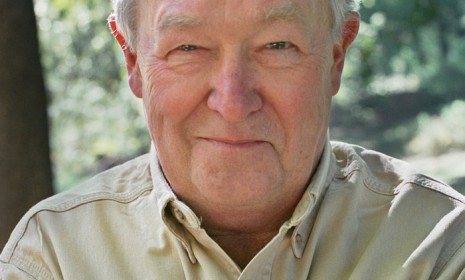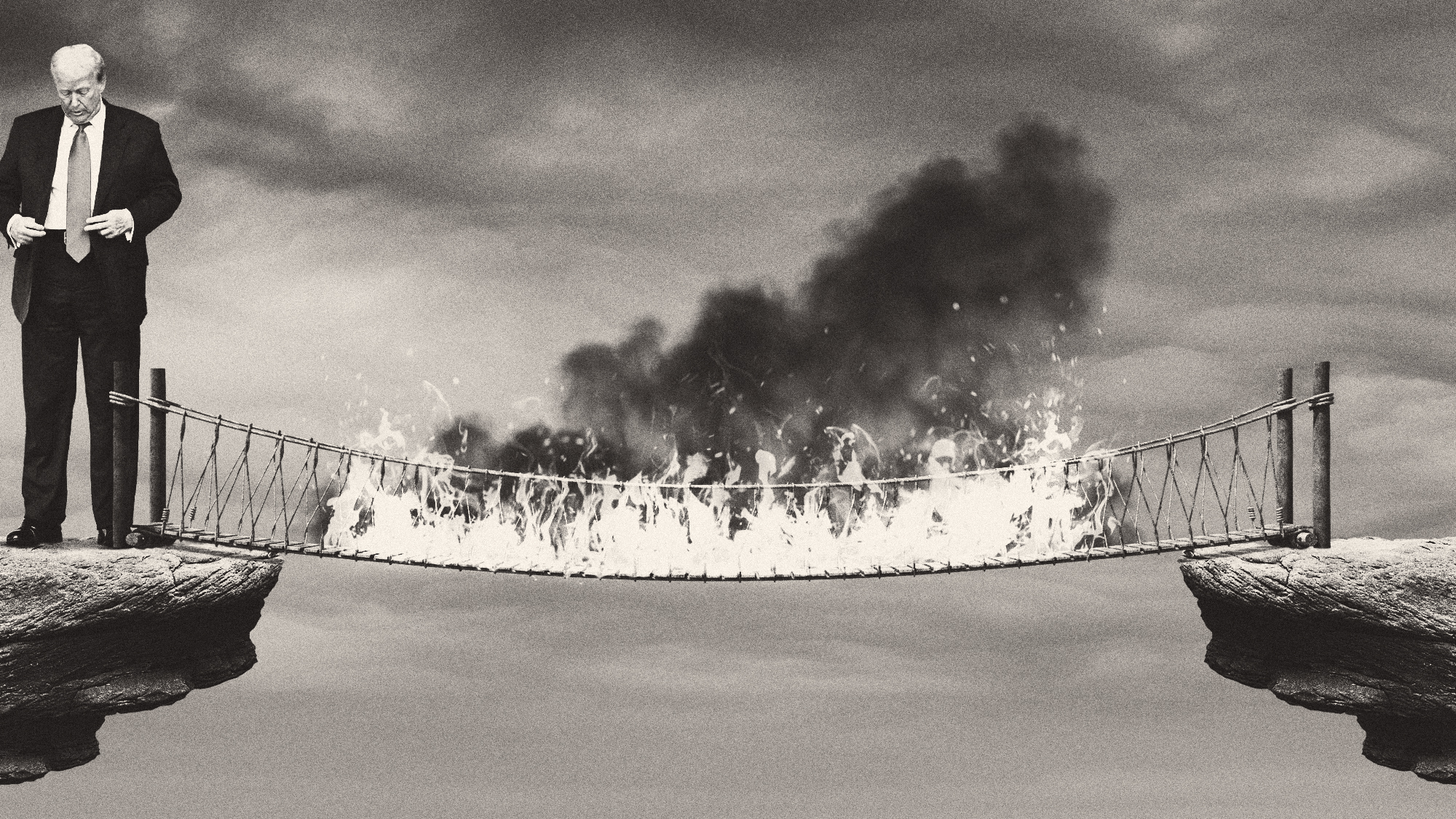Jim Sterba's 6 favorite books about nature
The seasoned journalist and nature enthusiast recommends works by Michael Pollan and George Perkins Marsh

Changes in the Land by William Cronon (Hill and Wang, $15). Cronon invented ethno-environmental storytelling with this brilliant 1983 book, which shows how Indians farmed the forest and how European settlers transformed it into a pastoral landscape. One lure for English settlers was the luxury of warmth. Back home fuel wood was scarce. Here, a man could burn whatever he cut.
Reel Nature by Gregg Mitman (Univ. of Washington, $22.50). As 20th-century Americans withdrew from nature, film changed their perceptions of wildlife. Movies and TV delivered wild animals edited and anthropomorphized. Mitman tells in fascinating detail how filmmakers, including Walt Disney, made wild creatures behave like people in loving families and turned man into an intrusive bad guy.
The Ecological Indian by Shepard Krech III (Norton, $18). This book demolishes the myth of Indians living in harmony with nature. They burned forests, controlled predators, and encouraged species of food plants and animals that helped them survive. When Europeans arrived, Indians avidly joined in the slaughter of wild animals and birds to barter and sell to traders.
The Week
Escape your echo chamber. Get the facts behind the news, plus analysis from multiple perspectives.

Sign up for The Week's Free Newsletters
From our morning news briefing to a weekly Good News Newsletter, get the best of The Week delivered directly to your inbox.
From our morning news briefing to a weekly Good News Newsletter, get the best of The Week delivered directly to your inbox.
Man and Nature by George Perkins Marsh (Univ. of Washington, $30). This 1864 book launched the conservation and, eventually, environmental movements. Marsh, a Vermont polymath, was the first to sound the tocsin on environmental damage from ill-advised farming and forestry practices.
Little Heathens by Mildred Armstrong Kalish (Bantam, $16). A delightful account of growing up in rural Iowa during the Depression — a time and place when money, indoor plumbing, and leisure were rare. Kids learned early how to dispatch chickens, skin rabbits, and do daily chores. In other words, they worked.
Second Nature by Michael Pollan (Grove, $15). This beautifully written book frames gardening as intensive nature management — with weeds, trees, and wild animals fighting back all the way: "The forest, I now understood, is 'normal'; everything else — the fields and meadows…and, most spectacularly, the garden — is a disturbance."
— Jim Sterba's new book, Nature Wars, is a history of Americans' interactions with wildlife, leading up to our current battles with deer, geese, coyotes, and other overabundant creatures
A free daily email with the biggest news stories of the day – and the best features from TheWeek.com
-
 Netflix and Warner Bros: a Hollywood ending for streaming giant?
Netflix and Warner Bros: a Hollywood ending for streaming giant?Talking Point The deal, symptomatic of Silicon Valley’s ‘grasp’ on entertainment, could entirely ‘reshape’ the industry
-
 Did Trump just end the US-Europe alliance?
Did Trump just end the US-Europe alliance?Today's Big Question New US national security policy drops ‘grenade’ on Europe and should serve as ‘the mother of all wake-up calls’
-
 How the War Department became the Department of Defense – and back again
How the War Department became the Department of Defense – and back againIn Depth In 1947 President Harry Truman restructured the US military establishment, breaking with naming tradition